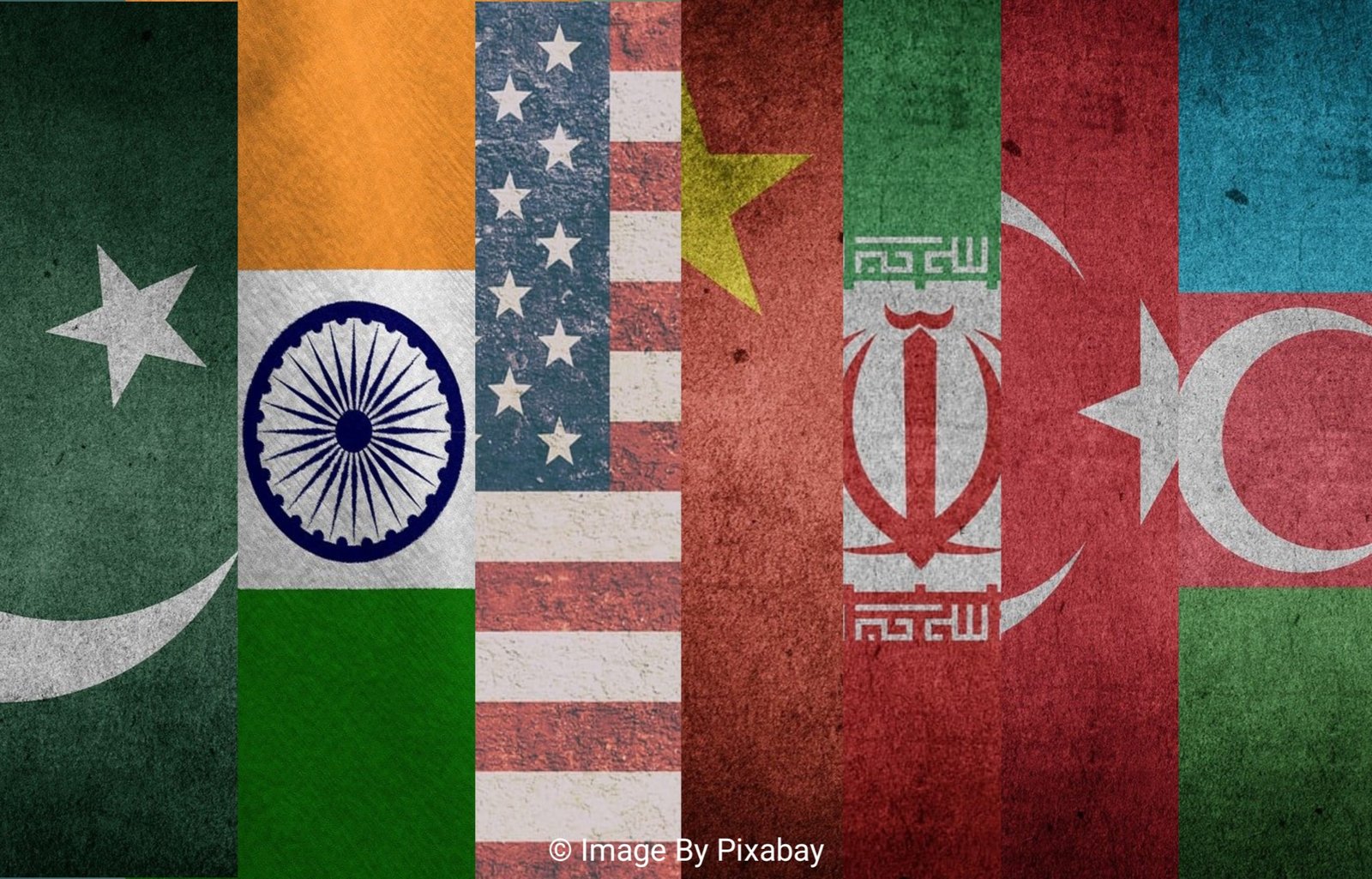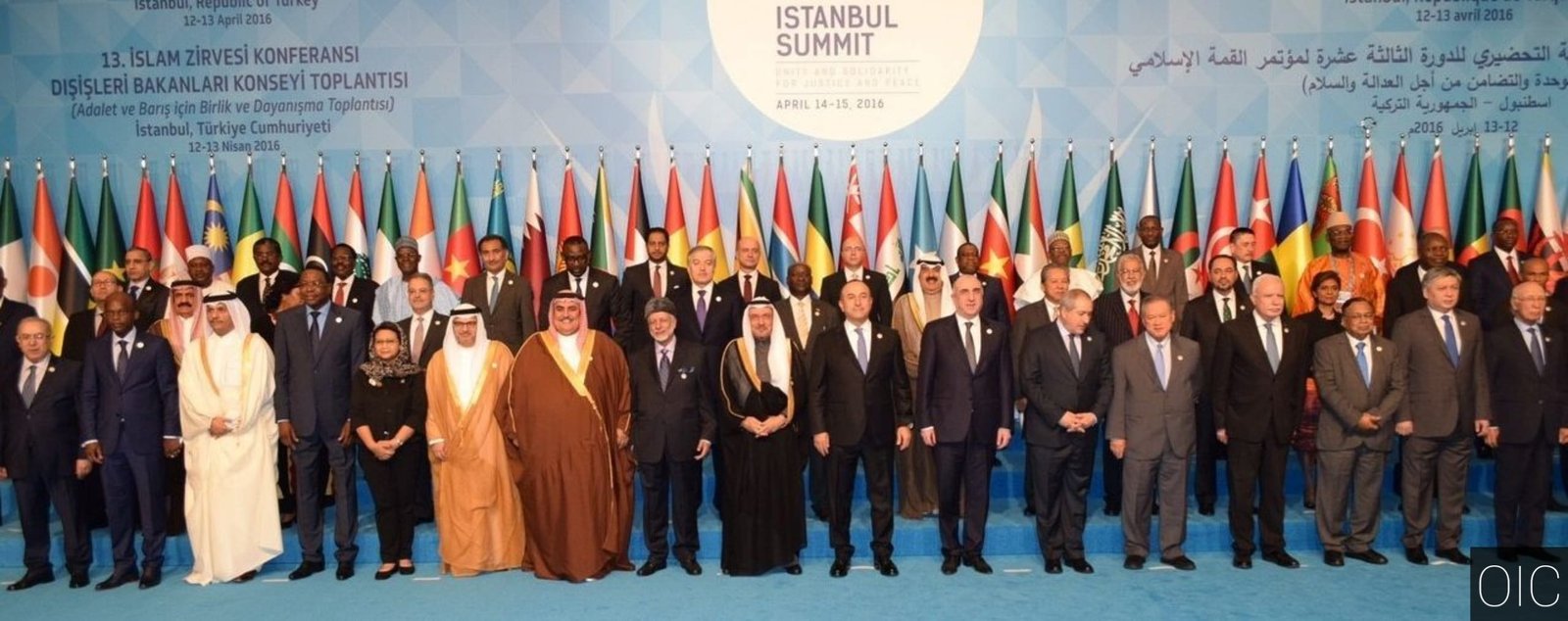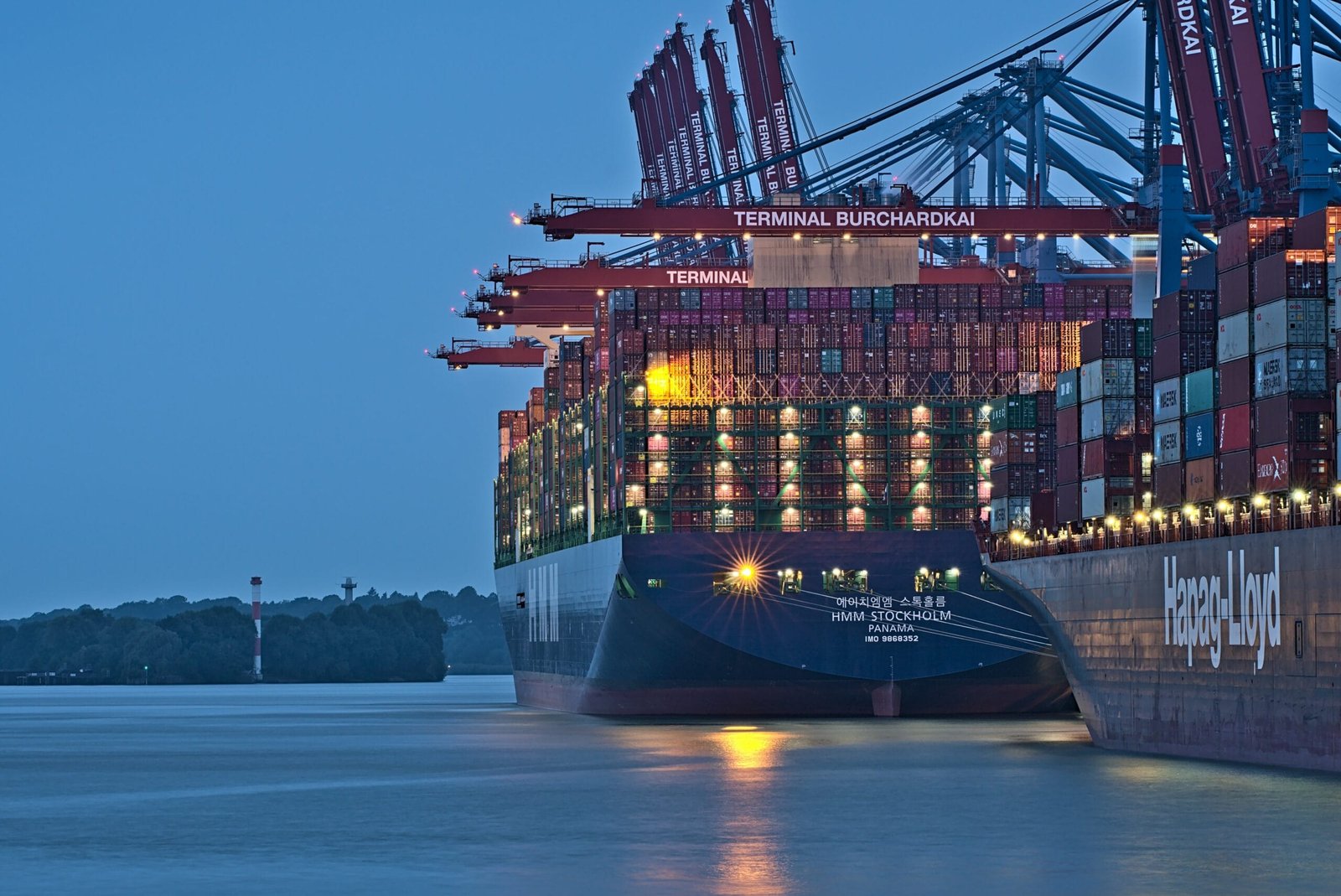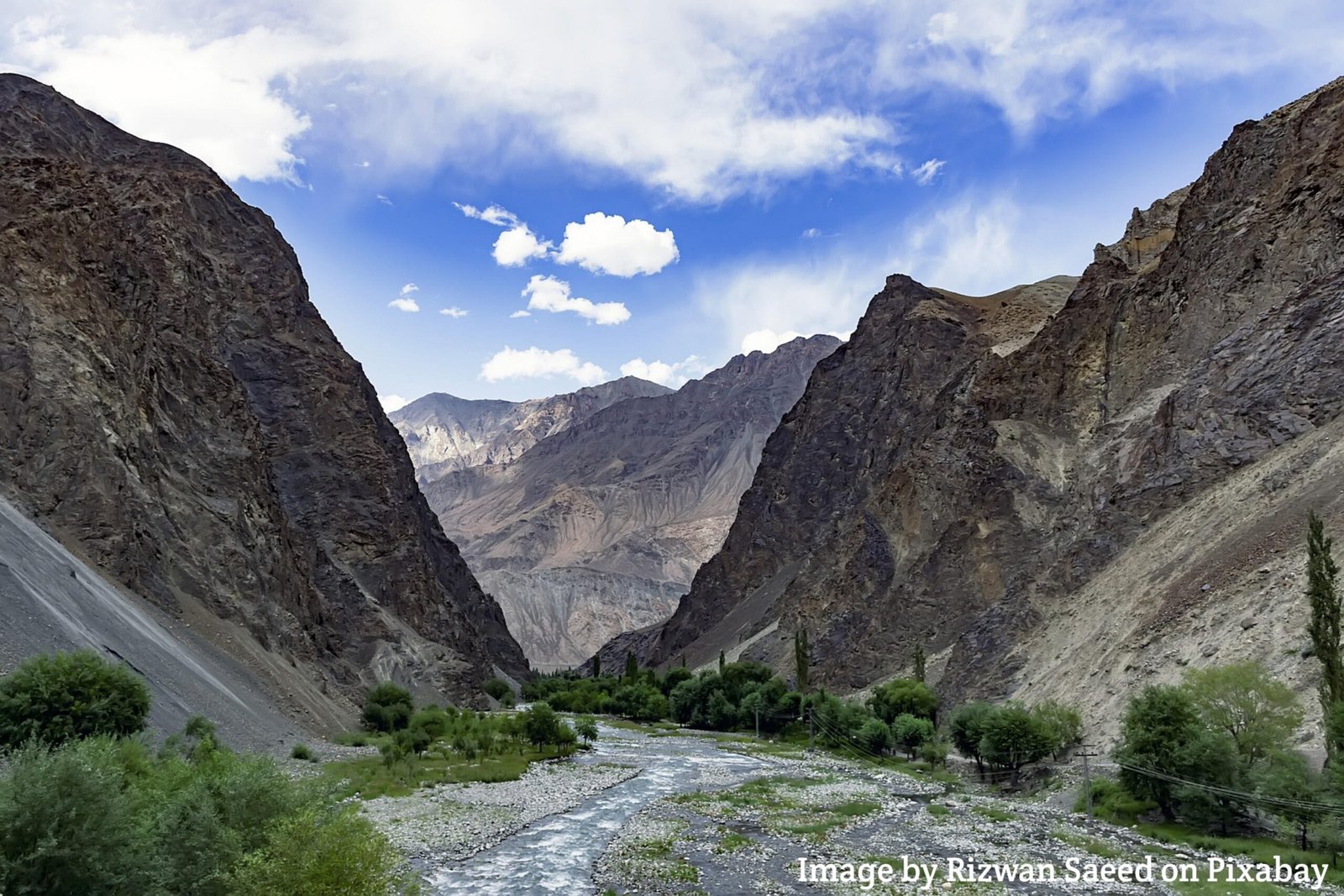
Table of Contents
Introduction
Climate change is no longer a threat to the future, but has now become one of the most important issues of present time. The countries that are suffering the most from this problem are those that have contributed very little to the cause of its growth. For instance, Climate change in Pakistan is reaching dangerous levels day by day. Pakistan has contributed less than 1% to climate change, but it is being affected the most by it. From floods to rising temperatures every year, Pakistan is affected in every way. Due to this increasing climate change, Pakistan has suffered losses worth billions of dollars as well as the loss of precious lives.
Current Impacts in Pakistan
Rising Temperatures
Due to climate change, many cities in Pakistan are seeing an increase in average annual temperatures. This is happening not only in Pakistan but in most parts of the world. In some cities of Pakistan, such as Turbat and Sibi, temperatures exceed 50°C.
Floods
Due to rising temperatures, glaciers in northern Pakistan are melting rapidly, causing flooding. Global warming is affecting Pakistan very badly. Pakistan is home to the largest number of glaciers in the world, outside the polar regions. These glaciers in Pakistan are melting rapidly and have recently been causing floods, including the 2022 floods and the recent devastation of 2024 and 2025 (will be discussed later in this article).
At the same time, intermittent rains are also causing floods. The monsoon in Pakistan is intensifying year after year, with more rain than usual and cloudbursts also occurring. All this clearly indicates how climate change is leaving no stone unturned in its impact on Pakistan.
Water Scarcity
Surprisingly, on the one hand, Pakistan is leading the flood-affected countries, while on the other hand, it is facing the threat of water scarcity. Climate change is disrupting rainfall patterns in Pakistan. The groundwater level has also dropped to a dangerous level. The Indus River, considered the lifeline of Pakistan, is close to facing a water crisis. On the other hand, India is also threatening Pakistan to illegally block the water of the Indus River, despite knowing that this issue will exacerbate a climate change that will threaten everyone.
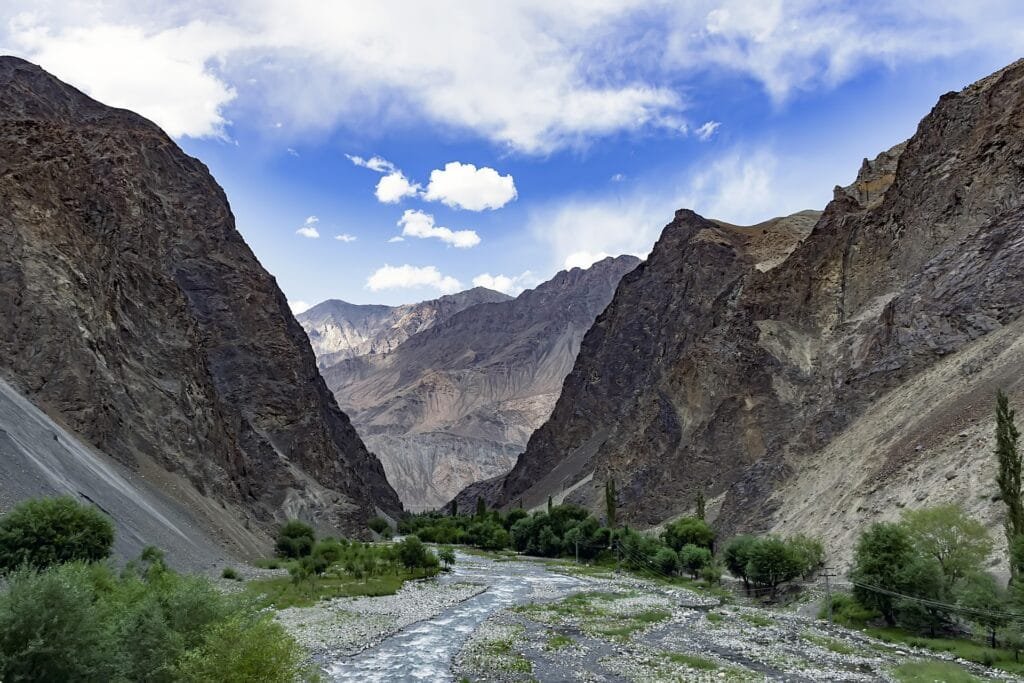
Agriculture Instability
A large portion of Pakistan’s population is engaged in agriculture. Agriculture is the backbone of Pakistan’s economy. Climate change has also had a very negative impact on agriculture, with erratic rains and floods damaging many crops. This caused many poor farmers to suffer heavy losses and also dealt a blow to the country’s economy.
Monsoon 2025
The arrival of monsoon in Pakistan took place on June 26, 2025 this year. This monsoon season lasted for about a month. This month, there have been more reports of destruction and loss of lives across the country than usual. According to local news agencies, this year’s rainfall has increased by 84% to 150% compared to last year.
Death Toll
According to local and International news agencies like Geo News and Reuters, more than 805 people lost their lives in the 2025 monsoon. The estimated financial loss is many times higher than this. According to Al Jazeera, the rains on July 17 killed 65 people in a single day. The worst damage in this year’s monsoon was in Khyber Pakhtunkhwa province, where more than 470 people were killed in various accidents.
One incident that was the most painful that time was that of 18 members of the same family who were swept away by flash floods in Swat, Khyber Pakhtunkhwa province. Those 18 people waited for hours for air help, but the Khyber Pakhtunkhwa government did not provide them with timely assistance.
So far, more than 805 deaths and more than 1100 injuries have been reported across the country, but their estimate is much higher.
| Provinces | Reported Deaths | Reported Injured People |
| Punjab | 169 | 593 |
| KPK | 479 | 347 |
| Sindh | 57 | 78 |
| Balochistan | 24 | 5 |
| GB & AJK | 68 | 81 |
( Source: Geo News, Data Collected from June 26, 2025 to August 28, 2025.)
Rescue Operations
To deal with the flood situation in Pakistan, rescue operations were launched simultaneously at the national and provincial levels and hundreds of flood relief camps have been set up. These operations resulted in the rescue of thousands of people and the evacuation of people from previously endangered areas to safer locations.
In this regard, the Pakistan Army is also at the forefront, helping the flood-affected people and leaving no stone unturned in providing air support. The helpline for flood-related assistance information across the country is 1135.
Key Drivers
Accelerated Glacial Melt
Glaciers in northern Pakistan are melting rapidly because pf increasing global warming, which can not only wreak havoc in the country, but also raise sea levels.
Extreme Rainfall Intensity
Rainfall in Pakistan has increased by more than 100% compared to previous years. Due to these heavy rains, flooding of rivers and canals and flooding of low-lying areas are becoming the norm.
Inadequate Management
Pakistan is a developing country and does not have the resources to deal with these natural disasters. It is difficult to face these disasters and timely aid does not reach people because of limited resources.
India’s Stubbornness on Water
Indian aggression is also one of the reasons for the current flood outbreak in Pakistan.Especially in the province of Punjab, whose rivers are under the control of India and it releases water into Pakistan at its own will. Most of the rivers in Punjab, including the Ravi, Sutlej, and Chenab, have been put on flood alert due to floodwaters coming from India.
Social and Economic Consequences
Natural disasters and the damage caused by climate change affect both the economic and social aspects. According to an Al Jazeera report, Pakistan suffered an economic loss of approximately $15 billion and a physical loss of $14 billion in the 2022 floods. And now the economic loss from the 2025 floods is being estimated to be much higher than that. According to AP, over 1.2 million people have been affected and forced to leave their homes so far. Many homes and businesses have been destroyed in the floodwaters.

